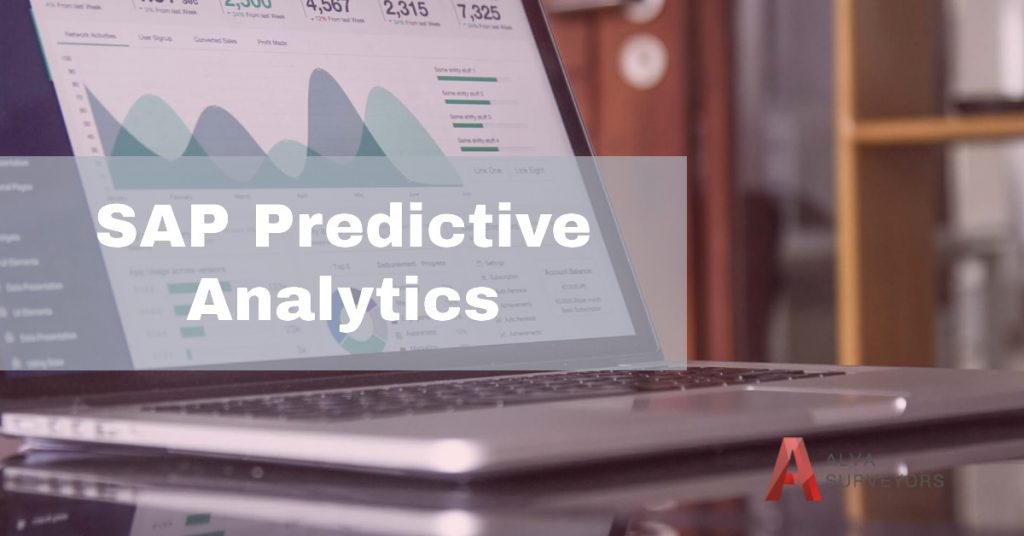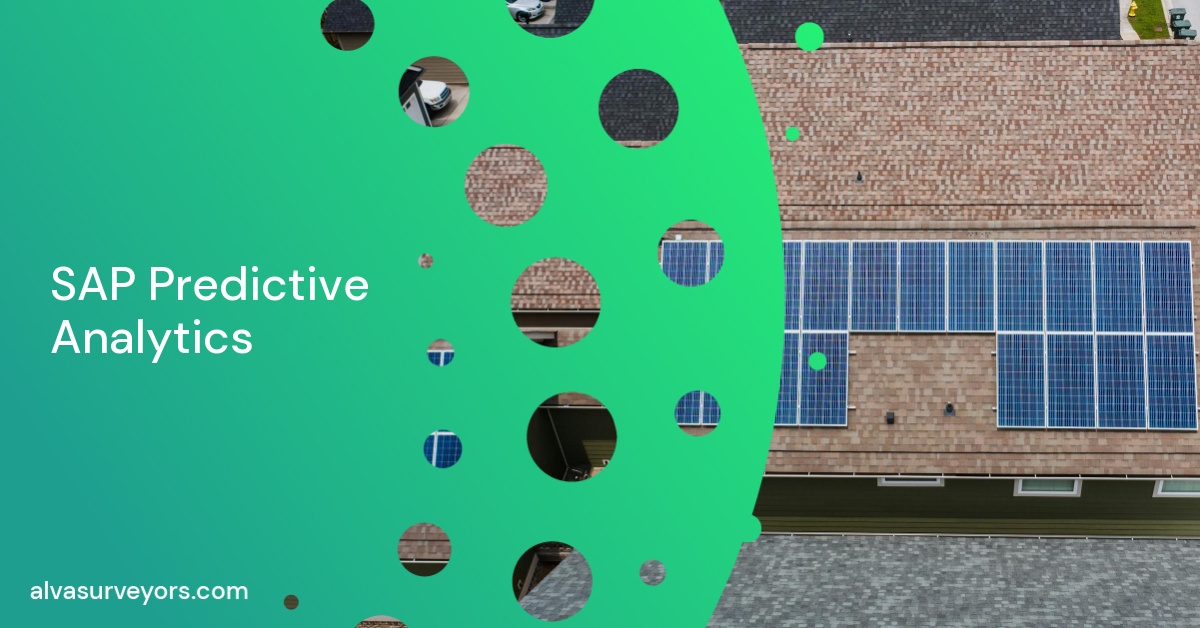What is SAP Predictive Analysis?
SAP Predictive Analysis is a type of data analysis than enables you to collect data and build predictive models for accurately predicting future events.
It is an increasingly popular type of data analysis that merges regression analysis, decision trees, game theory, machine learning and data mining.
SAP Predictive Analysis helps companies become better by allowing them to make sense of big data, understand customer behavior, analyze risks and take advantage of opportunities.
What is meant by SAP Predictive Analytics?
SAP Predictive Analytics is a software that carries out SAP Predictive Analysis. It was created by SAP in 2015 and it combines the features of two previous software: the SAP Predictive Analysis which was developed by SAP in 2012, and the SAP Infinite Insight which was originally designed by KXEN before it was acquired SAP Systems in 2013.
SAP Predictive Analytics combines the features of these two software in one interface.
With SAP Predictive you can analyze data from several sources, including SAP HANA, SQL view on SAP HANA, virtual tables Smart Data Access, and data from flat files like Microsoft Excel in .xlsx format and text documents in .txt format.
What can predictive analytics be used for?
Predictive analytics involves using current and historical data to predict future events. It is used in a wide range of industries like banking, the public sector, healthcare, retail, marketing and manufacturing, among others.
Here are some of the things predictive modelling can be used for:
- Decision making.
- To attract and retain customers.
- For managing inventories and company resources.
- For future cash flow analysis.
- For determining prices for goods/services. For example, airlines and hotels use predictive analysis to determine prices.
- For financial analysis.
- For risk assessment.
- For making sales forecasts.
- For predicting consumer behavior.
- For targeted advertisements.
- For planning budgets.
- For operational efficiency.
- For developing new products.
- For entering new markets.

How does SAP predictive analysis work?
The first process of any predictive analytic tool is data collection. However, before this you must decide on which problems you wish to solve or the decisions you wish to take with the tool.
After collecting the data, most predictive analytic tools, including SAP Predictive Analytics would use mathematical algorithms and machine learning to create a model, which can be used to predict future possible outcomes.
Most predictive analytic tools typically use two main types of models. The first is the predictive classification model. This type of model is used to place people or situations into classes. For example, it can be used to predict if a customer would buy from a store or leave the store.
The second type of model is the regression model. This type of model goes into more detail than the previous one. For example, it can be used to predict how much a customer would spend in a store, or the lifespan of a product.
For the SAP Predictive Analytic tool, it covers 8 functional areas which works for almost every area of a business. It covers:
- Automated analysis.
- Expert analysis.
- Model arrangement.
- Data management.
- Predictive scoring.
- Social media analytics.
- Product recommendation.
- Visualization.
What is needed for predictive analysis?
To operate a predictive analytic tool, you need a team of experts. You certainly need an IT or software engineer. You would also need people who understand data analysis, business operations, model creation.
To successfully use predictive analysis in your company, you should adopt the following practices:
- Finding the right tools: First, it is important to choose a good predictive analytic tool that is relevant to your industry. It is also important to find the right Enterprise Resource Planning (ERP) metrics to guarantee success. This may include machine learning response to strengthen supply chain.
- Hiring the right people: The importance of having the right people to run your predictive analytic tool cannot be overemphasized. You would need a team with various specialties like a data scientist, a technological architect and a business analyst, among others.
- Support: This means identifying and removing all hindrances that may stop the team from performing optimally. It means knowing that diverse teams work best with an analytical Center of Excellence (CoE) to validate insights. Having a CoE to support the team would also make them better respond to challenges.
- Learning to improve: Knowing when to change course or improve programming sometimes be the difference to success. It can create the type of learning environment that influences the predictive analytical program to better serve the organization.
What is SAP Analytics Cloud?
SAP Analytics Cloud or SAP Cloud for Analytics is a cloud based software as a service (SaaS) and business intelligence (BI) platform developed by SAP Systems. It makes it possible for many people to work on one shared tool.
SAP Analytics Cloud design is based on the SAP HANA Cloud Platform (HCP) and it allows data analysts and the business decision makers to visualize, plan and make accurate predictions from one very secure cloud based environment.
It can be argued that SAP Analytics Cloud works more efficiently because all the data sources and analytics function in a single entity and is accessible to all members of the team, in real time.
How do I access SAP Analytics Cloud?
You can buy the SAP Analytics Cloud on the official SAP website. After opening an account with SAP, you can buy instantly and receive a unique URL as part of your welcome email.
What Cloud Edition is available for SAP Analytics Cloud?
There have been some older editions of SAP Analytics Cloud in the past. However, the newest editions are termed “embedded edition”.
SAP makes it possible to use the embedded SAP Analytics Cloud software as part of other SAP products or applications like S/4HANA, C/4HANA, SuccessFactors, Concur, Ariba and Fieldglass.
The most recent edition embedded version containing SAP Analytics Cloud as part of the SAP Cloud Platform via the Cloud Platform Enterprise Agreement (CPEA).
When was SAP analytics cloud released?
SAP Analytics Cloud evolved out of the SAP Cloud for planning product which was released in February 2015. The Business Intelligence (BI) feature was added in November 2015 while the predictive analysis, governance, risk and compliance (GRC) features were subsequently added.
SAP predictive analytics is a software which uses data mining, regression analysis, decision trees, game theory and machine learning to analyze data and predict future outcomes. It is an outstanding tool capable of helping business with decision making, understanding consumer behavior, making sales forecasts, analyzing risks and taking advantage of opportunities.






